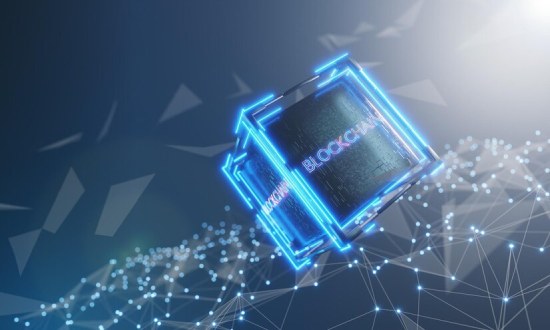Blockchain Fundamentals
At its core, blockchain is a distributed ledger where data is stored in blocks linked together chronologically. Each block contains transactions verified by a consensus mechanism. Nodes maintain the network and ensure transparency.
- Public blockchains (e.g., Ethereum, Bitcoin) allow open participation.
- Private blockchains (e.g., Hyperledger Fabric) restrict access to known participants.

 Blockchain Application Development
Blockchain Application Development
 Fintech Blockchain App Development
Fintech Blockchain App Development
 Hyperledger Application Development
Hyperledger Application Development
 STO Development Services Company
STO Development Services Company
 Exchange Development
Exchange Development
 Cryptocurrency Wallet Development
Cryptocurrency Wallet Development






